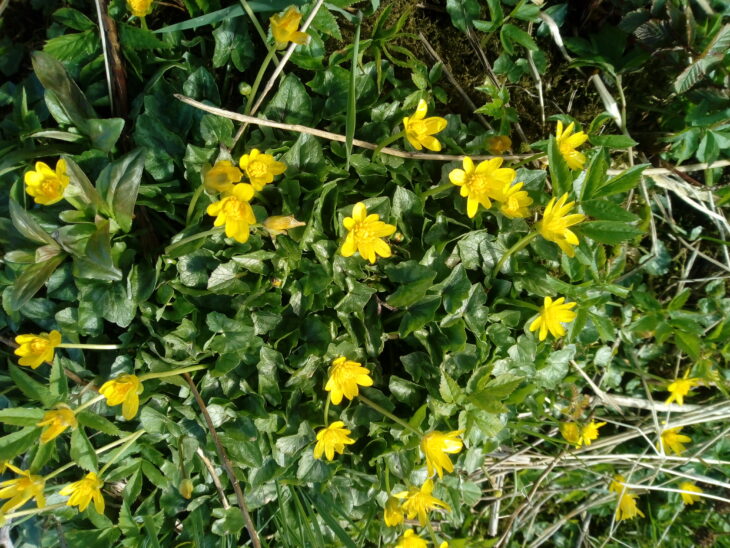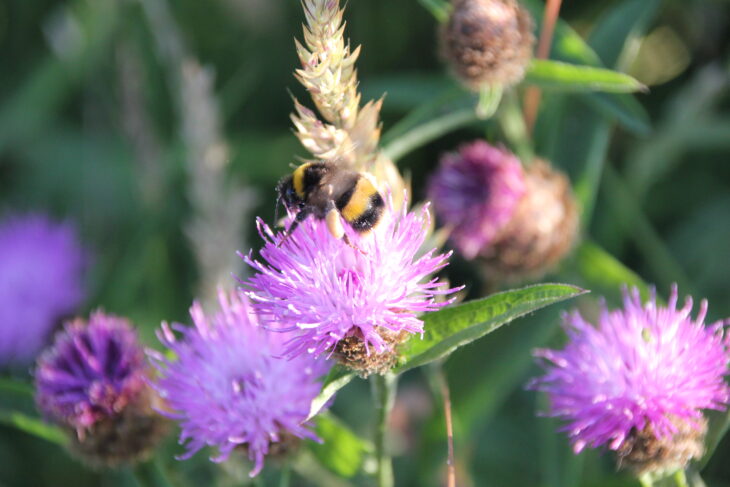Birds, bees, buds, and bloom
,

It’s spring! The bitterness of winter appears to be fading with fresh days that are gradually getting warmer. And we’re not the only ones to notice the longer days.
Male birds are gearing up for breeding season, so have started showing off how loud and long their songs are, declaring their territory and hopefully wooing the females! What better time to sing a long song to show how fit you are than at dawn and dusk. Shouting gets you noticed – and not only by prospective mates, so singing in reduced light will give these songbirds some protection from predators.
Tree buds are also beginning to grow! Buds that formed before winter are now sprouting. Look closer at the trees around you and you’ll see new leaves appearing.
Wildflowers are growing in numbers too. With temperatures creeping up we are already seeing some flowers, such as coltsfoot, primrose, and wood sorrel. Lesser celandine, a yellow, star-shaped flower with 8-12 petals and glossy kidney-shaped leaves, is one of the first to blossom. It was once thought that you could use them to predict the weather as their flowers close before rainfall. Although perhaps considered a nuisance by gardeners, as their root tubers will split easily and readily recolonise, as one of the first flowers they are a great food source to insects that are coming out of hibernation.

One of these insects is the queen bumblebee. Buff-tailed bumblebees can sometimes be seen from February and have two yellow/orange stripes with a creamy-white tail. Easily mistaken for white-tailed bumblebees, they are distinguished by a thin, yellowy margin at the top of their tails. They’re now venturing out in search of resources. After such a hard winter please be kind to wildlife now and let your garden grow!
